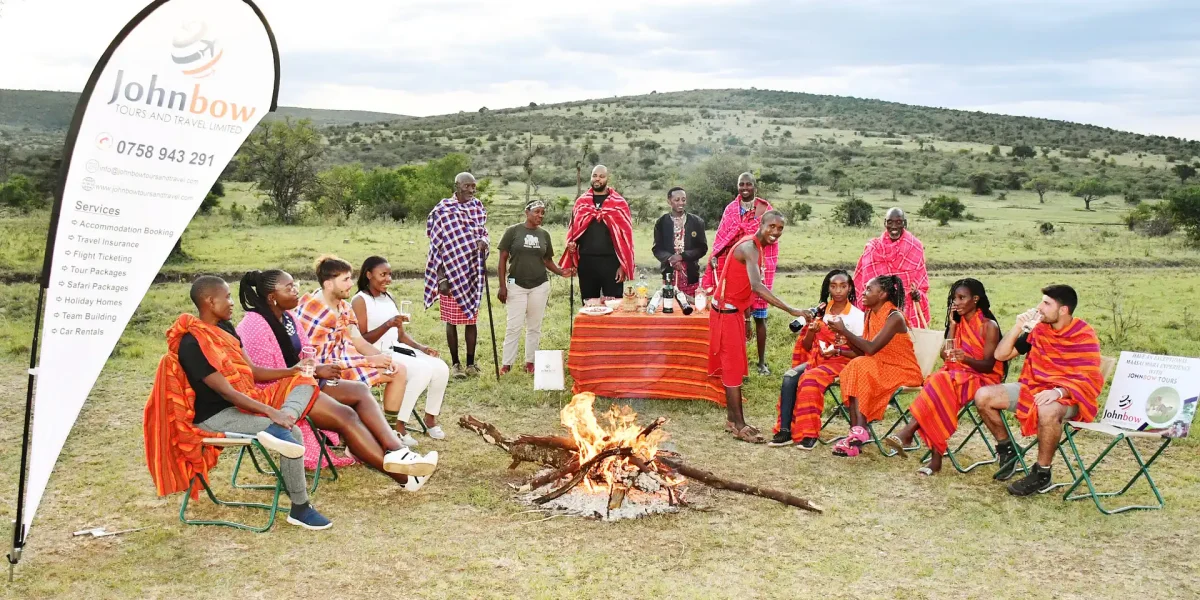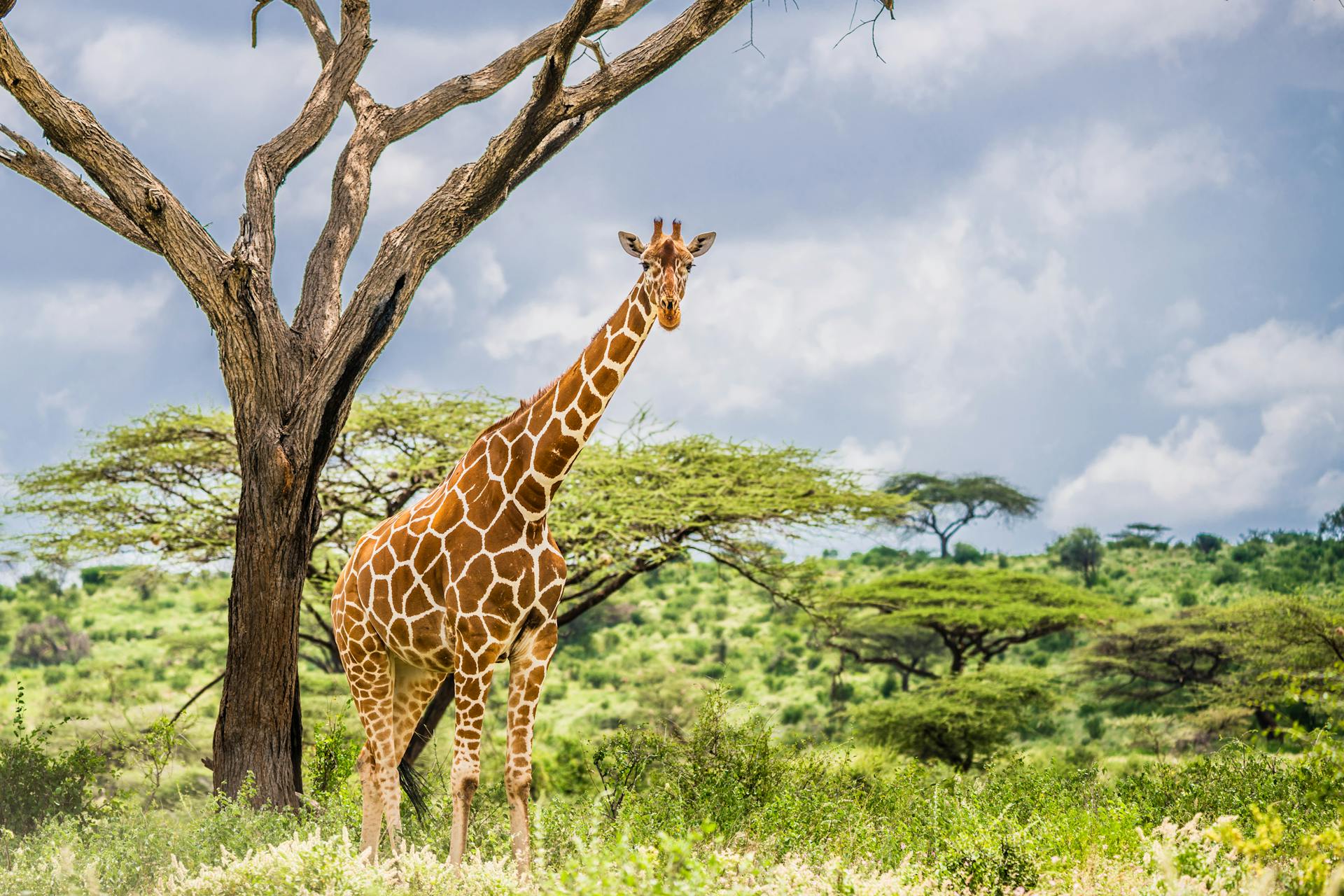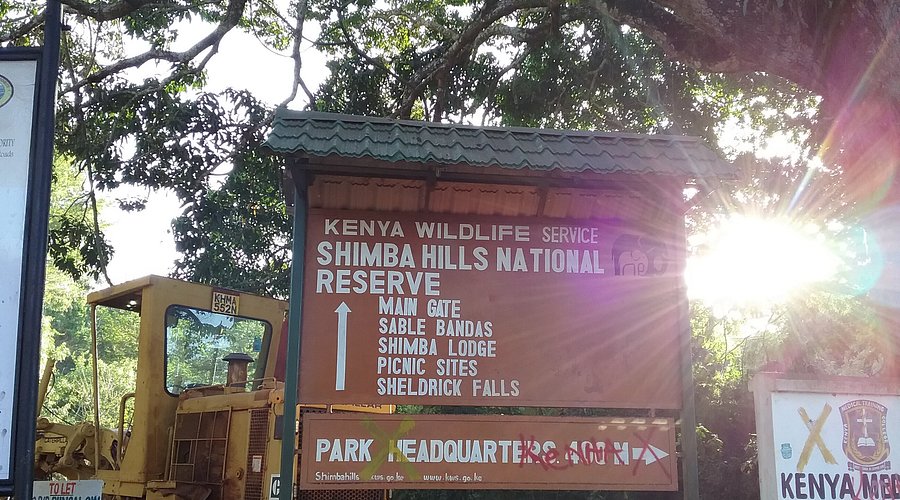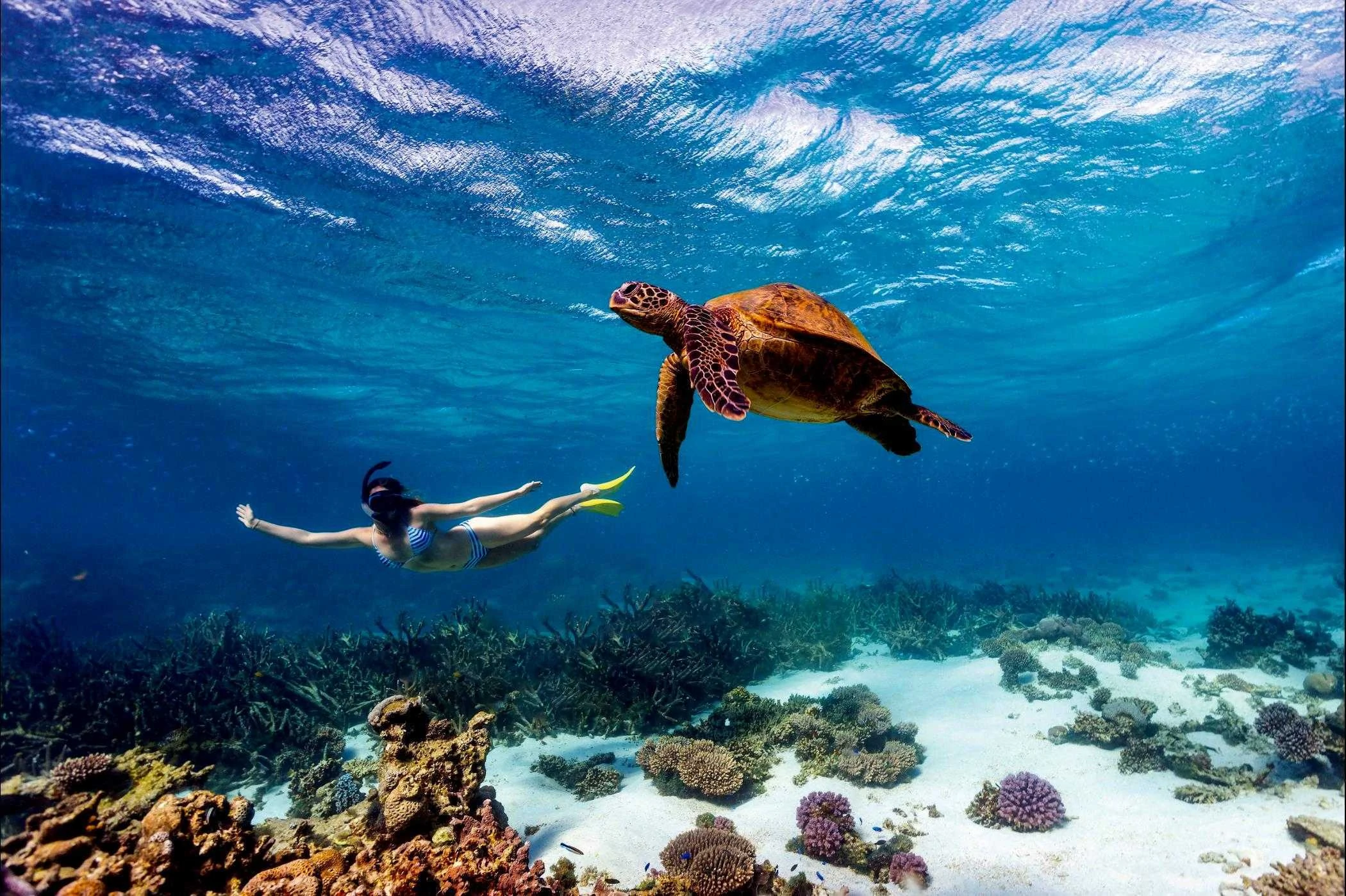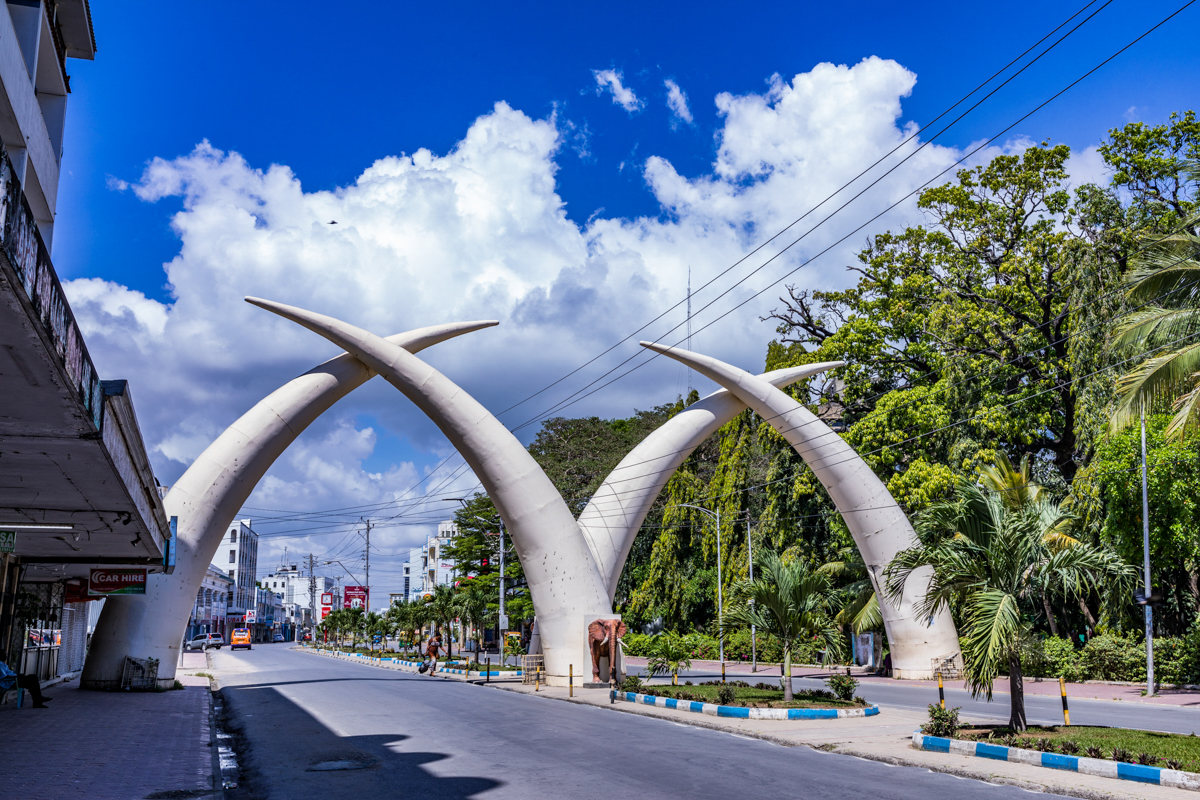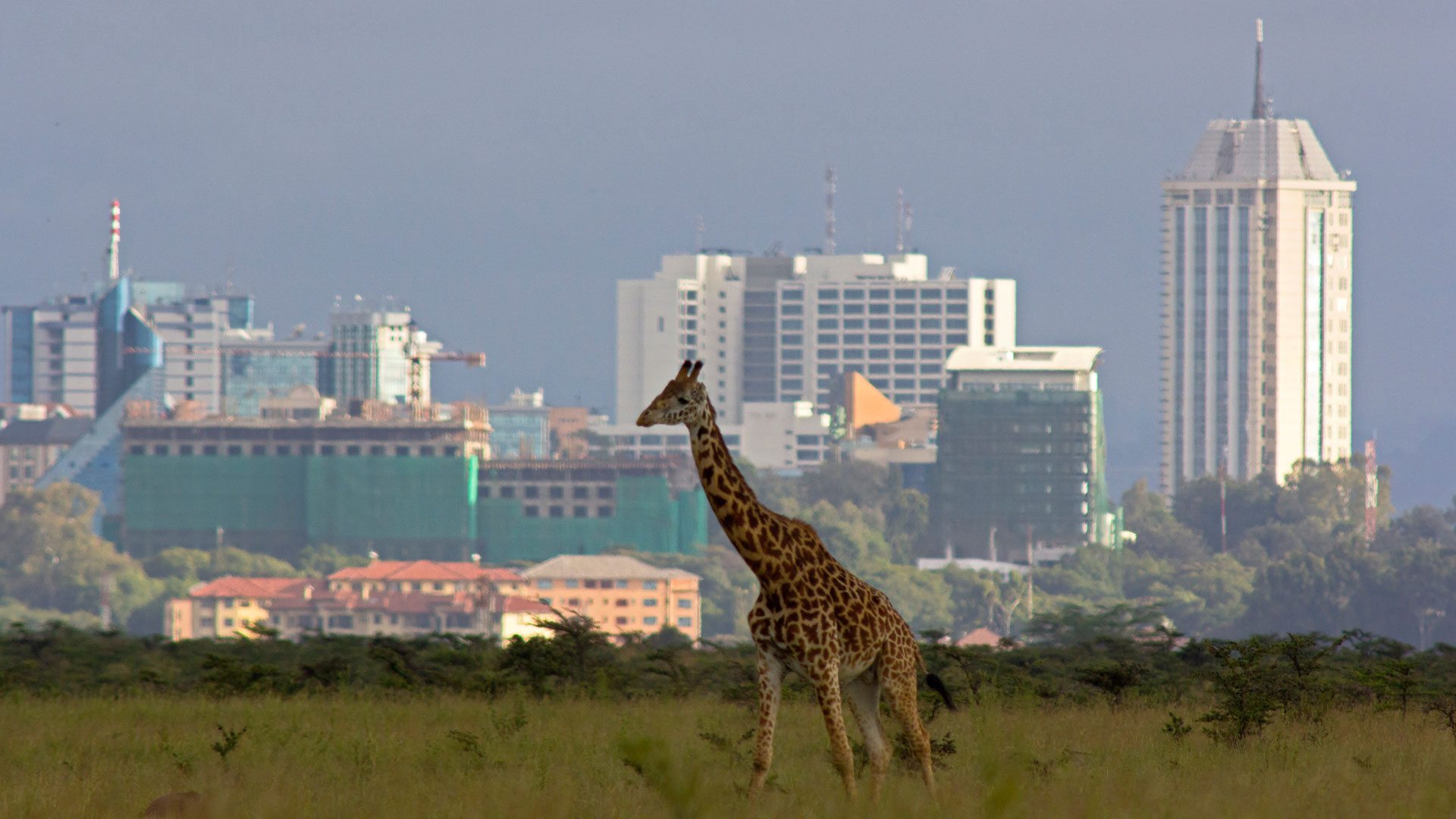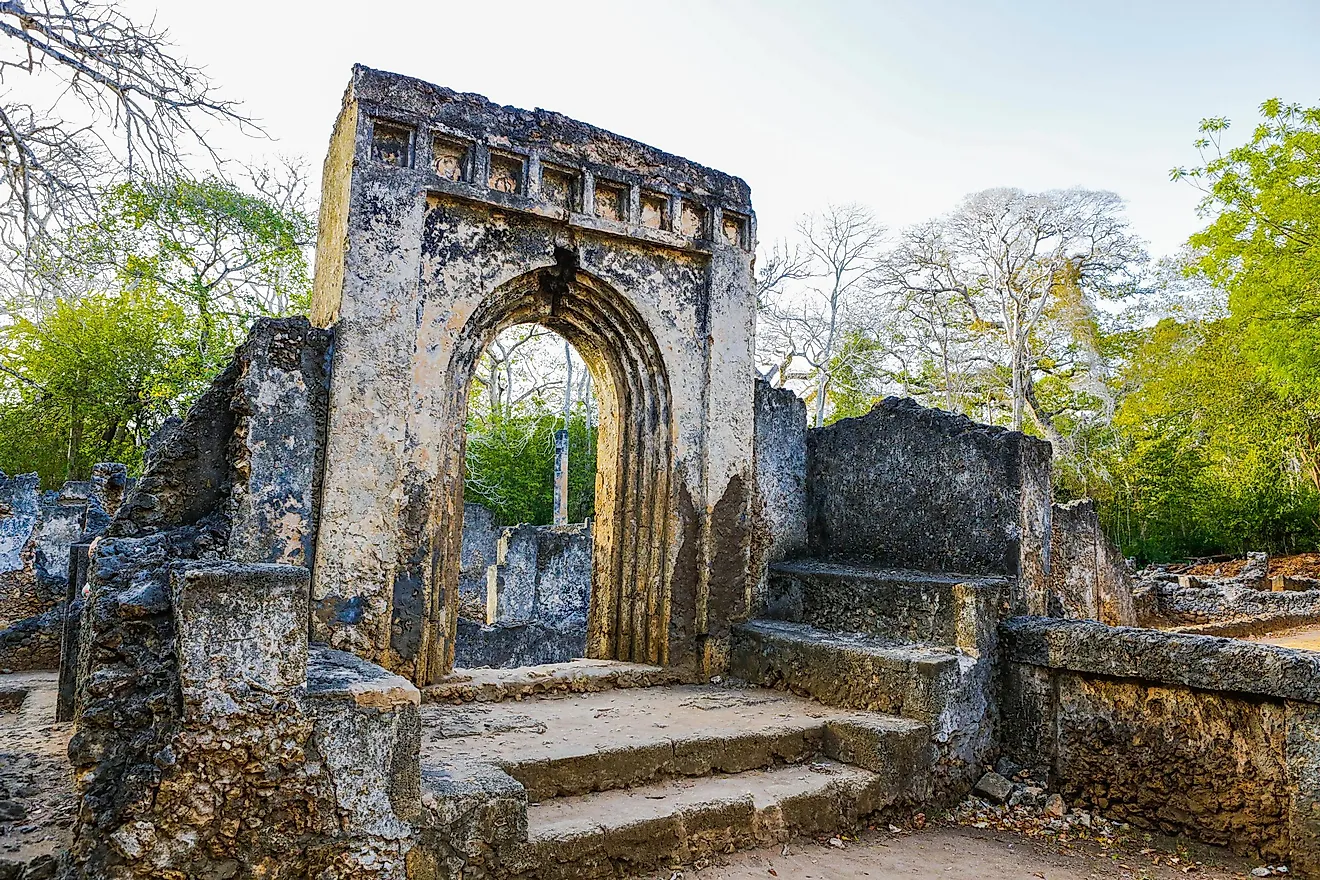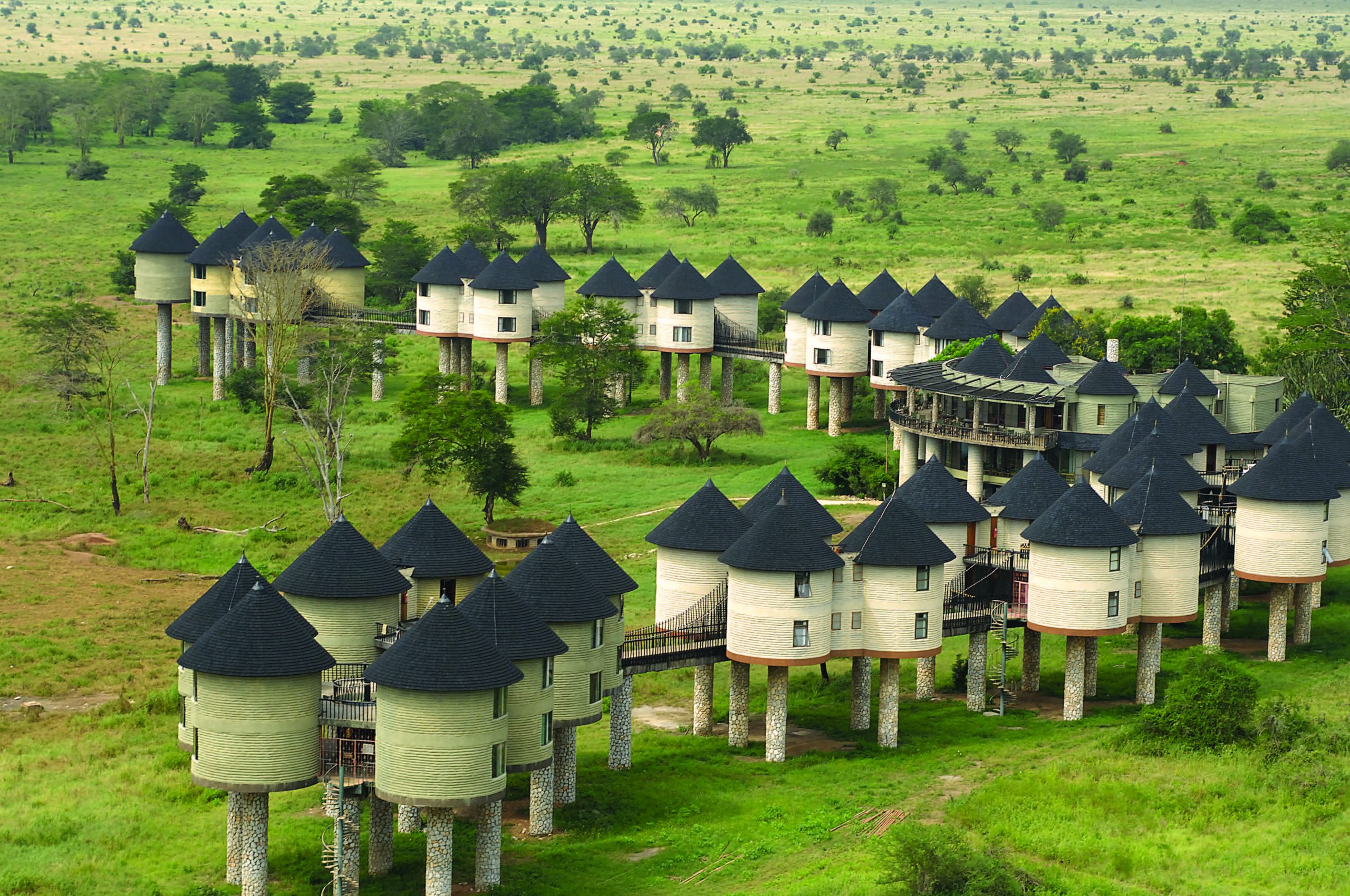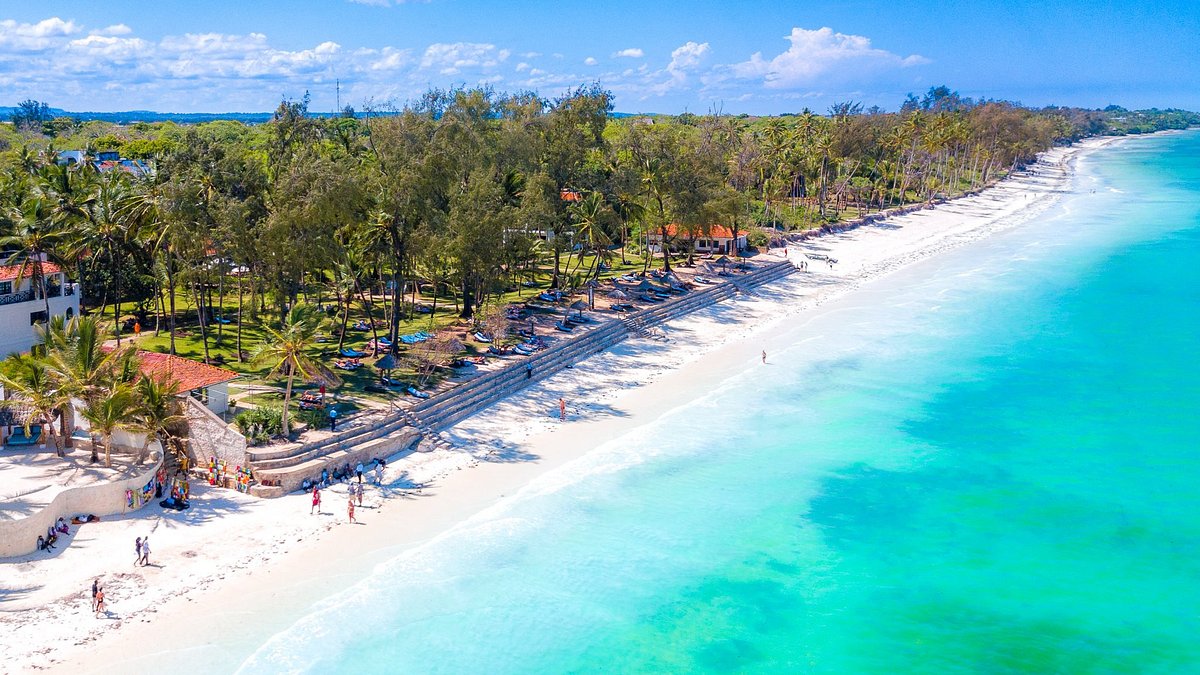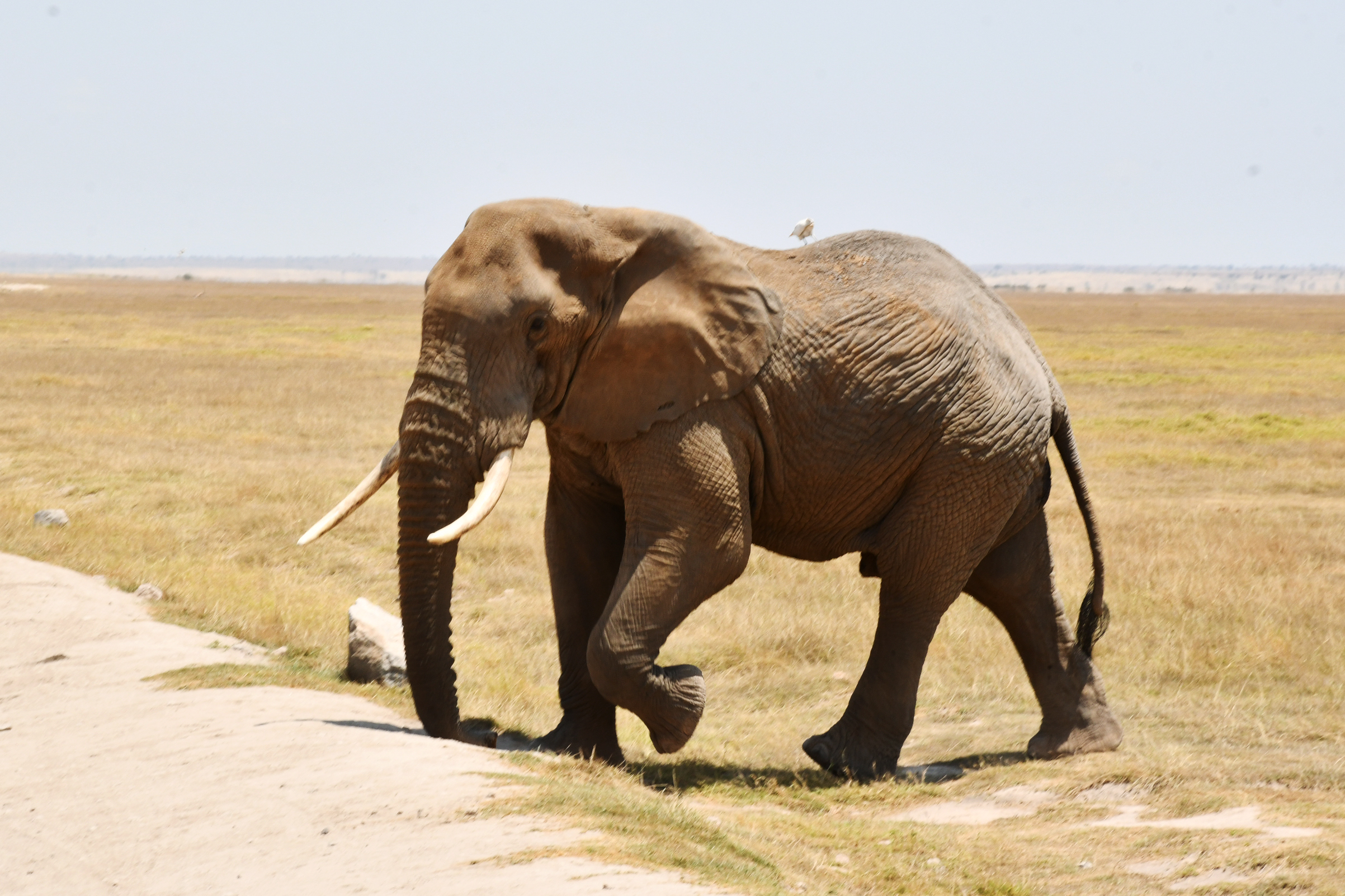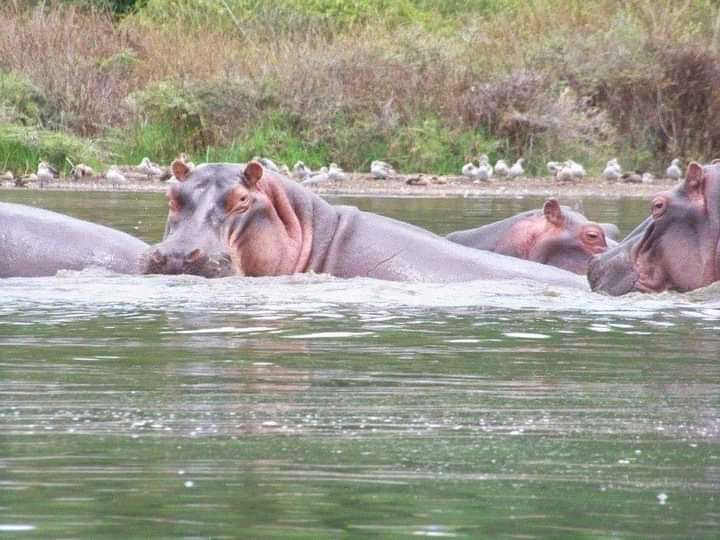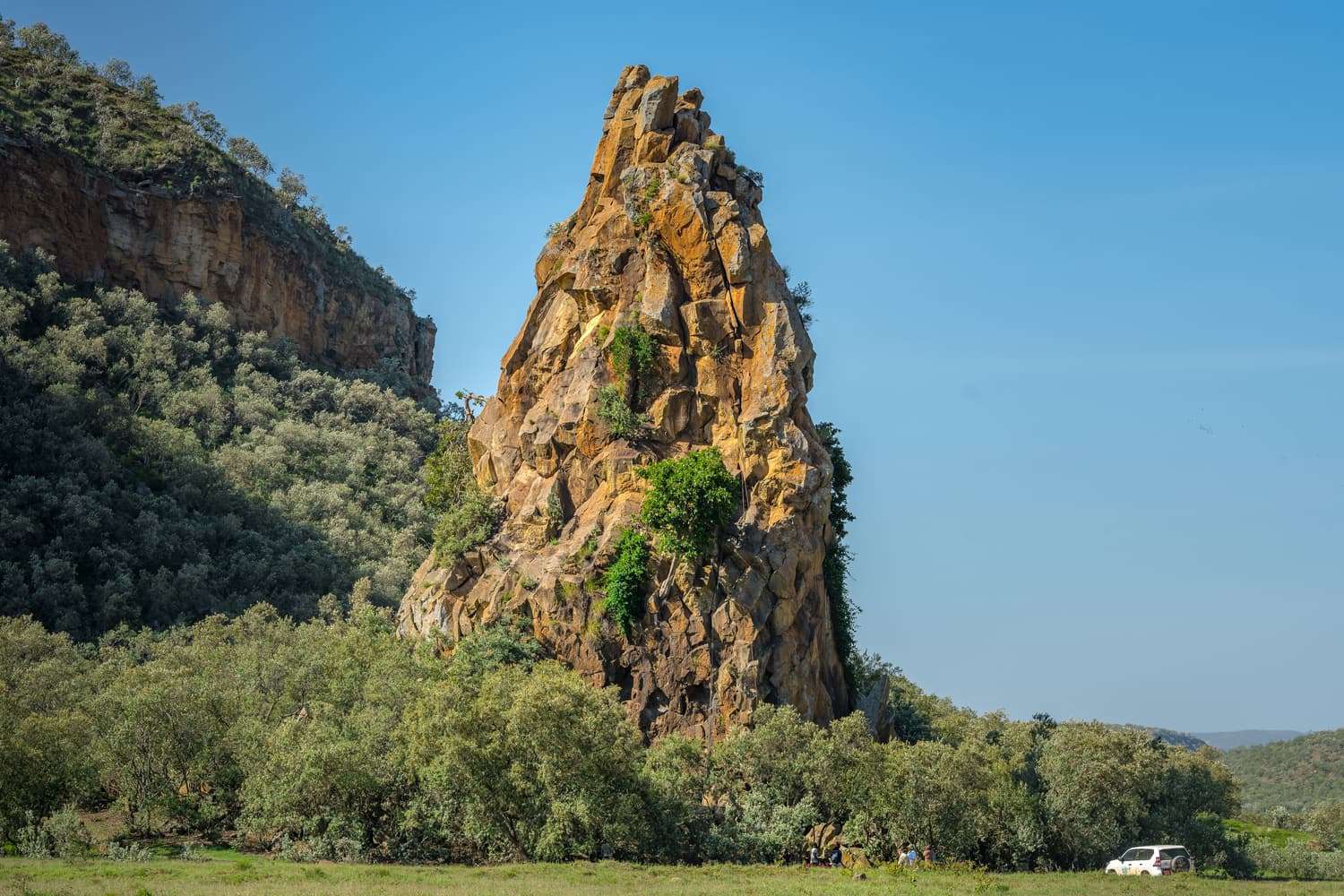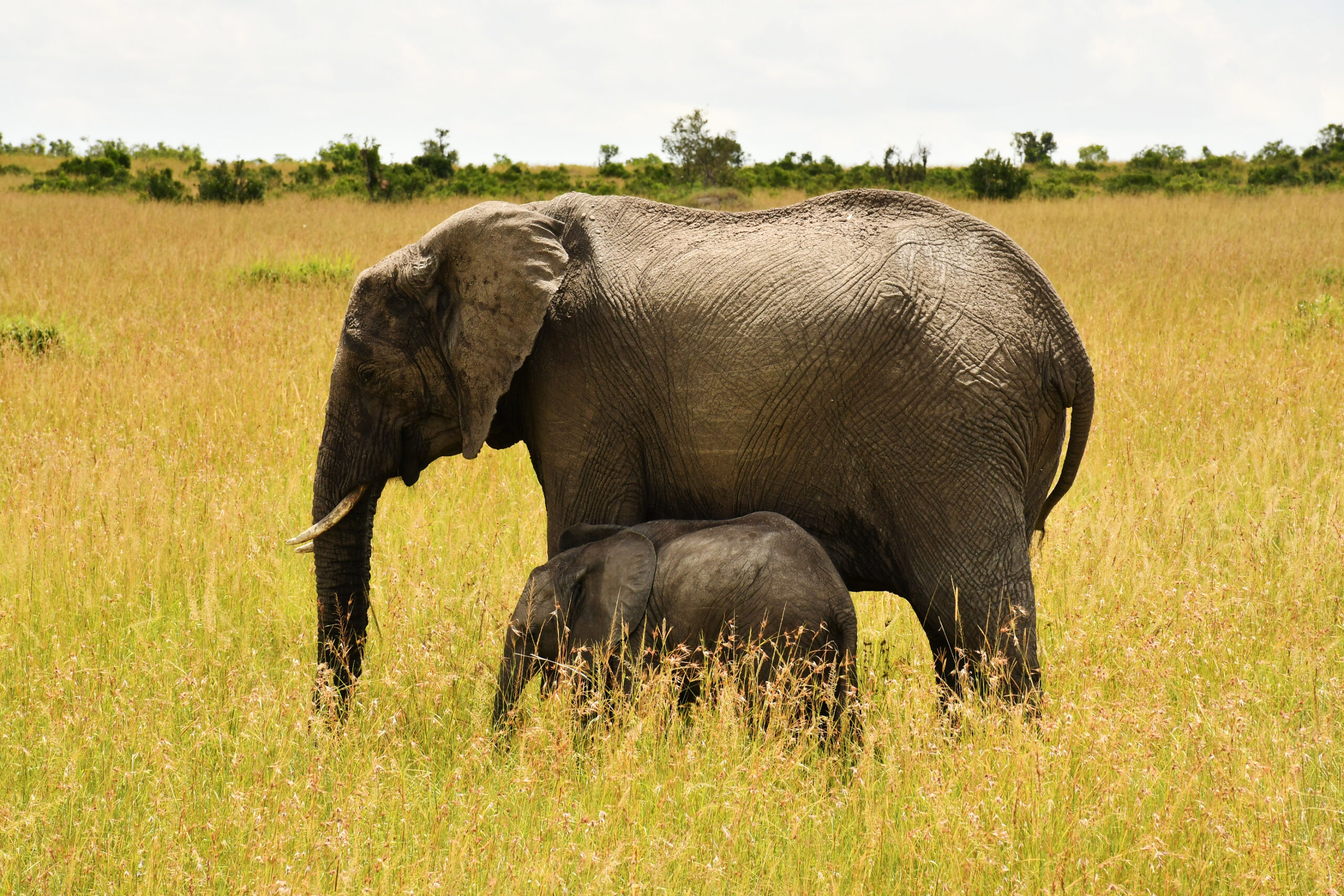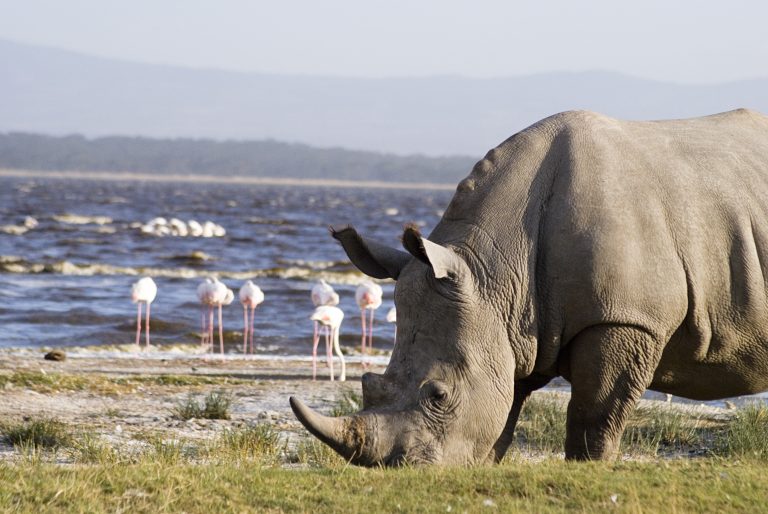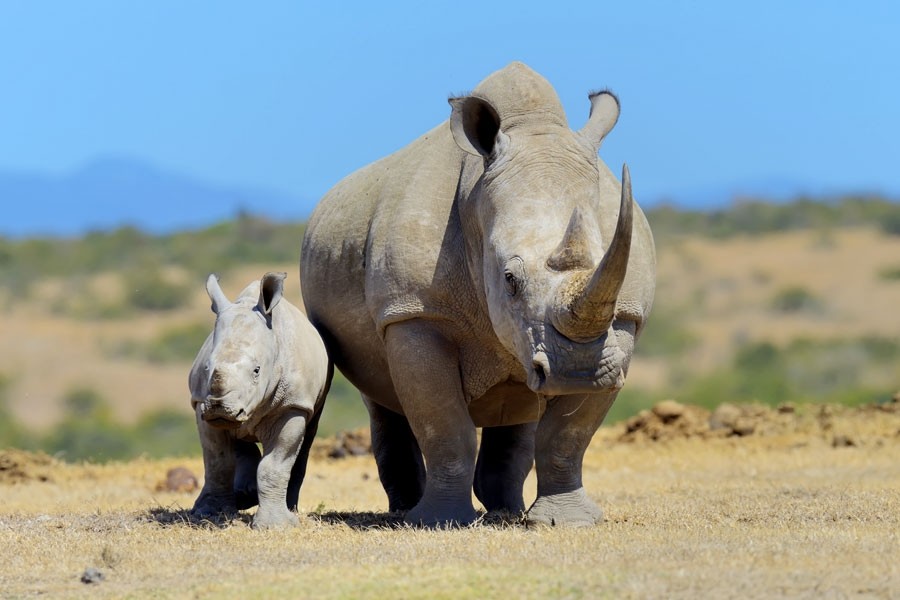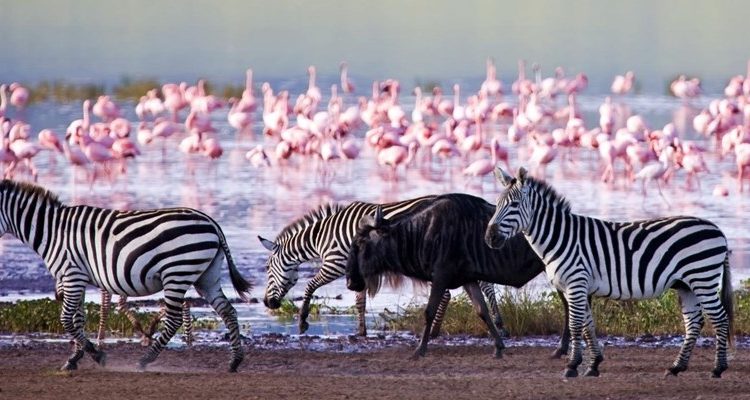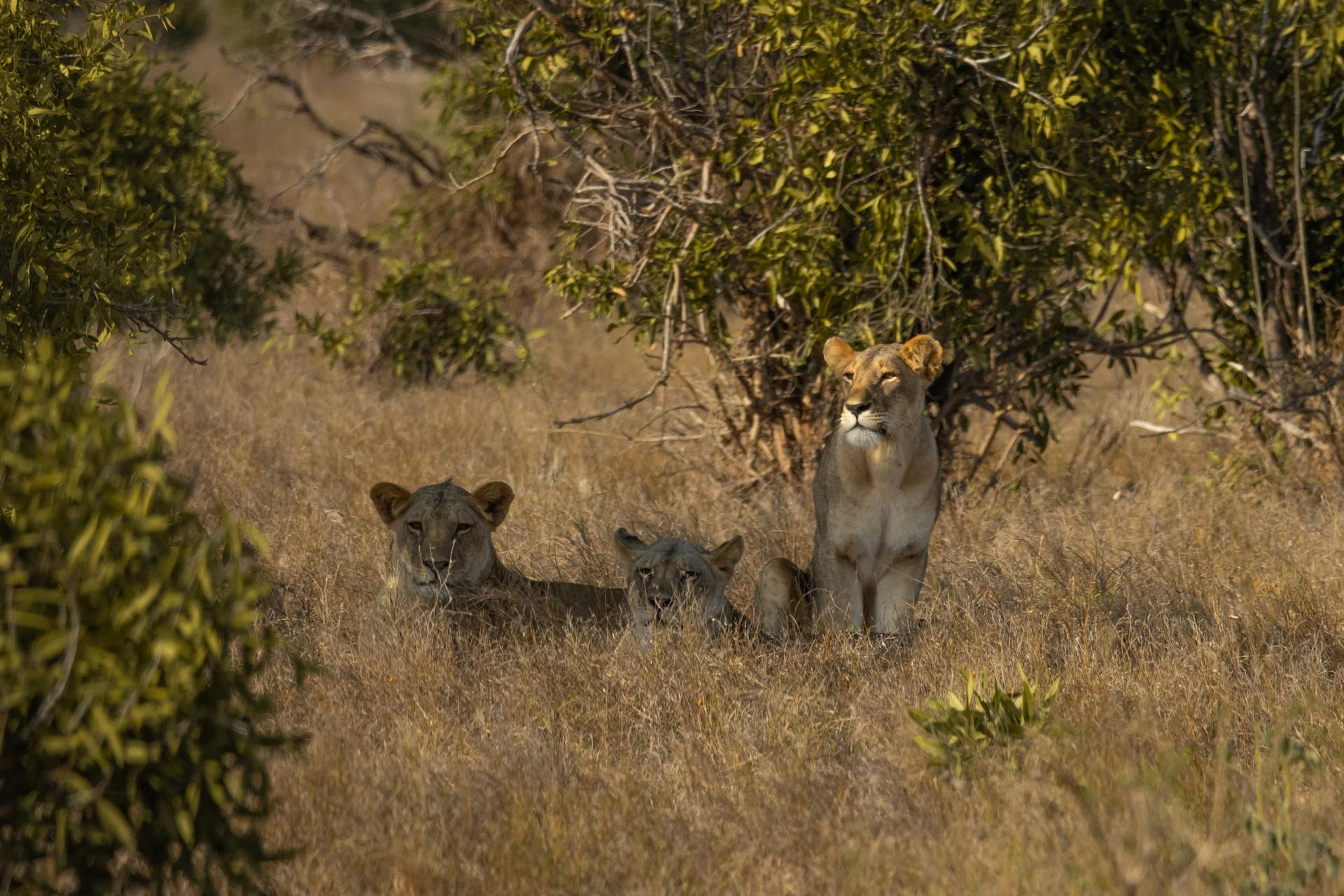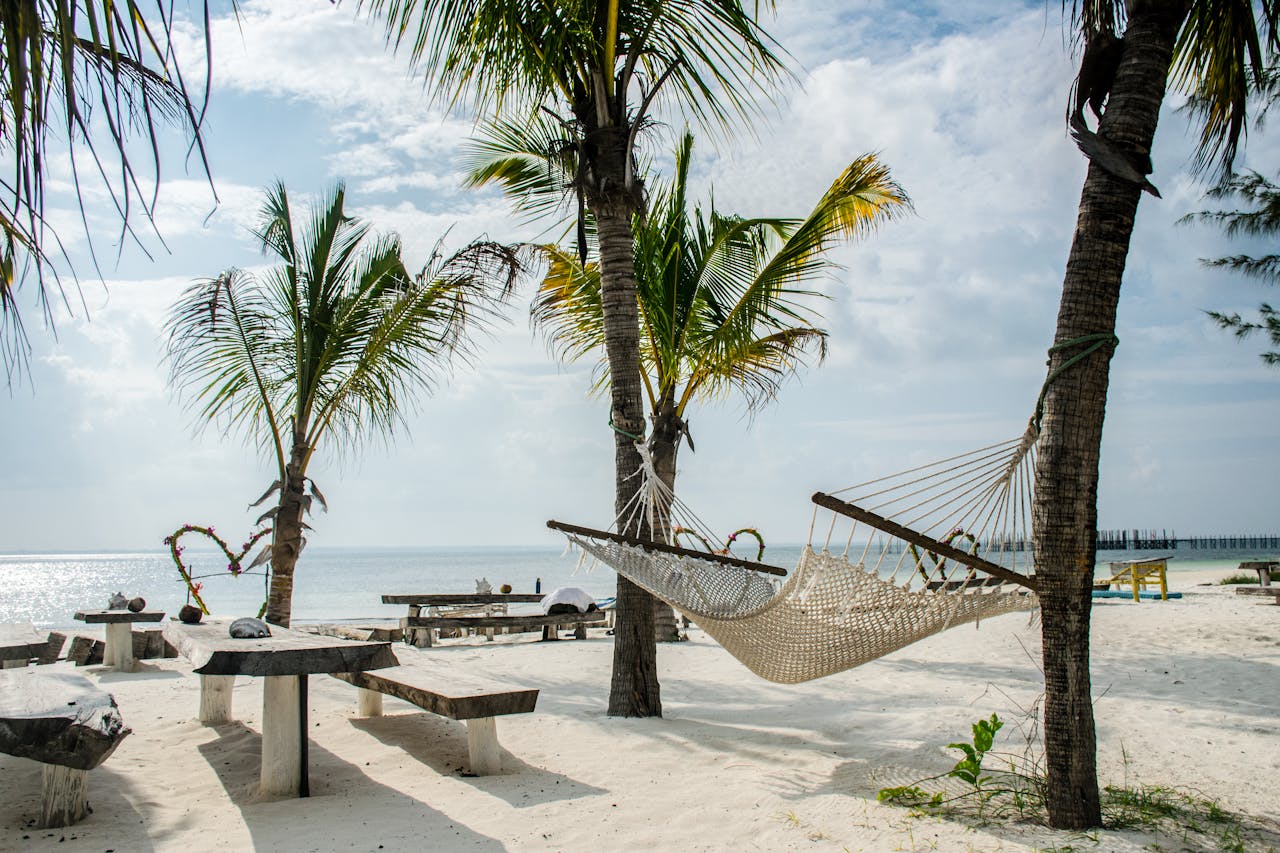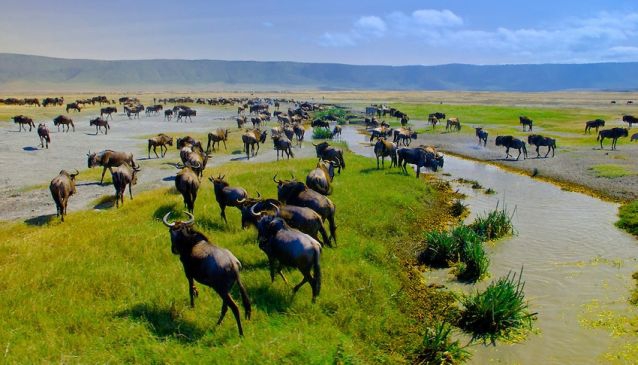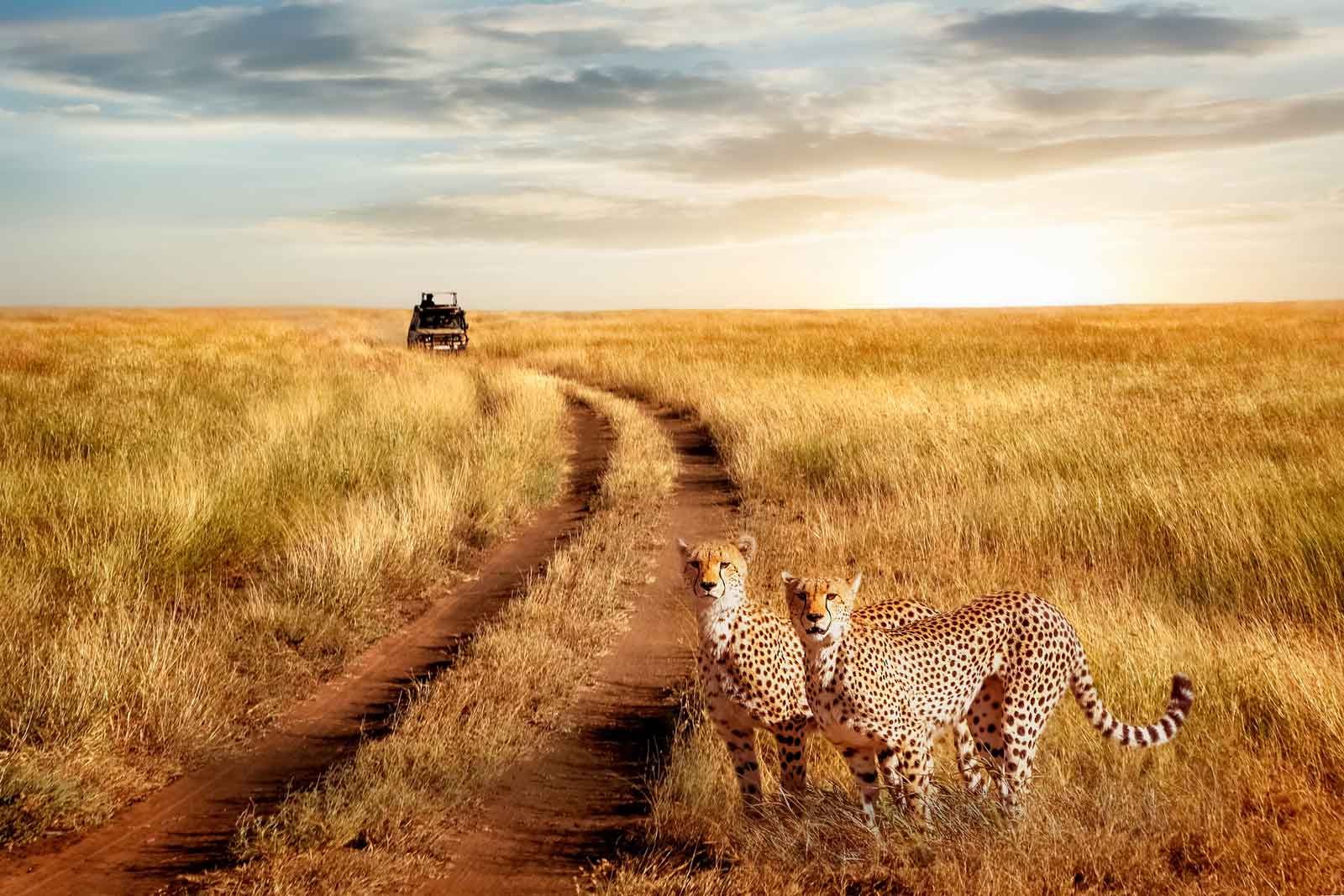So, you’re planning a Maasai Mara safari to the National Reserve? Excellent choice! This stunning reserve in southwestern Kenya is the stuff of wildlife dreams — picture endless plains, iconic acacia trees, and more animals than you can count. It’s also home to the legendary Maasai people, whose traditions have stood strong for generations.
Where Is the Maasai Mara National Reserve Located?
The Maasai Mara is in Narok County, Kenya, bordering Tanzania’s Serengeti National Park. Together, they form a massive ecosystem that supports millions of animals. It’s about 270 km (170 miles) from Nairobi.
Why It’s One of Africa’s Best Safari Destinations
The Maasai Mara is world-famous for the Great Migration — an awe-inspiring event where more than 1.5 million wildebeest, zebras, and gazelles brave crocodile-filled rivers in search of fresh grazing grounds. Beyond this spectacle, the Mara is also home to the iconic Big Five: lions, elephants, leopards, buffalo, and rhinos.
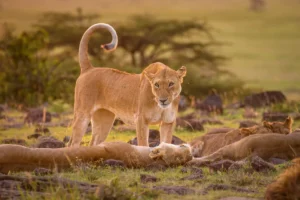
Best Time to Visit Maasai Mara National Reserve
The Great Migration
The migration typically peaks between July and October. It’s the best time if you’re chasing dramatic river crossings and intense predator action. Book your Maasai Mara safari with Johnbow Tours and Travel today and secure your front-row seat to nature’s greatest show!
Weather Patterns and Wildlife Viewing
The dry seasons (June–October and January–February) are ideal for a Maasai Mara safari, offering the best game viewing. The rainy seasons (March–May and November) bring fewer tourists and lush, green scenery — though some roads can become impassable.
How to Get to Maasai Mara National Reserve
You can fly from Nairobi to Mara’s airstrips (roughly 45 minutes) or drive for about 5–6 hours. The road route is scenic but bumpy, so brace yourself for a real African massage!
Once you’re in the Mara, 4×4 safari vehicles are the way to go. They handle the rugged terrain well and get you up close with wildlife.
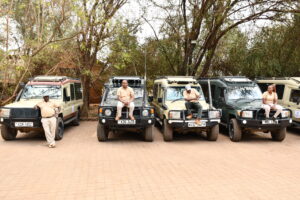
Choosing the Right Safari Experience
Luxury vs. Budget Camps
From opulent tented camps with chandeliers to budget-friendly bandas, the Mara caters to all. Luxury camps offer all-inclusive service, while budget lodges provide a more rustic but immersive experience. Whatever your style, Johnbow Tours and Travel can help you choose the perfect camp — book your stay today!
Private vs. Group Safaris
Private safaris give you more flexibility and privacy, perfect for photographers and families. Group safaris are social and more budget-friendly — great for solo travelers. Whether you prefer private or group, let Johnbow Tours and Travel craft the right safari experience for you — get in touch now!
Cultural Etiquette in Maasai Villages
Greeting the Maasai People
A friendly “Sopa” (hello) or “Shikamoo” (respectful greeting) goes a long way. Shake hands and maintain eye contact as a sign of respect.
What to Wear When Visiting
Dress modestly. Ladies should avoid revealing clothes; both men and women should steer clear of military-style clothing. Comfortable shoes are a must.
Taking Photos Respectfully– Always ask before snapping photos of individuals. Some Maasai believe photos can steal their spirit — it’s not just a superstition, it’s cultural.
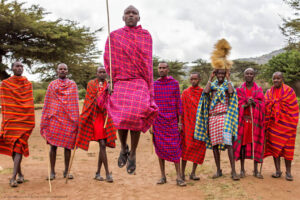
Essential Travel Tips
What to Pack for the Safari
- ✅Neutral-colored clothing
- ✅A good camera with extra batteries
- ✅Sunscreen, hat, and sunglasses
- ✅Insect repellent
- ✅A reusable water bottle
Safety and Health Precautions
- ✅Get vaccinated (yellow fever, typhoid, hepatitis A)
- ✅Carry anti-malarials
- ✅Only drink bottled or treated water
- ✅Don’t wander out alone at night
Currency and Tipping
The Kenyan Shilling is the local currency, and it’s wise to carry some cash during your Maasai Mara safari, especially when visiting remote areas. Tipping is customary — usually $10–20 per day for guides and about $5 per day for lodge staff.
Responsible Tourism and Maasai Communities
Supporting Local Artisans– Buy handmade jewelry, shukas, and crafts directly from Maasai artisans. It supports their economy and keeps traditions alive.
Eco-Friendly Travel Tips– Avoid plastic bottles, stick to marked paths, and never feed the animals. Leave only footprints, take only memories.
Rules of the Reserve
Park Fees and Permits
Park fees vary based on nationality and time of year — expect to pay around $80 per day for non-residents. You can pay at the gate or through your tour operator.
Wildlife Interaction Guidelines
- ✅Never leave the vehicle unless your guide says it’s safe
- ✅Don’t chase animals for a better photo
Unique Experiences Beyond the Game Drive
Hot Air Balloon Safaris– For a magical view of the savannah at sunrise, nothing beats floating silently over herds of wildlife.
Night Game Drives– Available in some conservancies, night drives reveal the nocturnal world — hyenas, owls, and the elusive aardvark.
Walking Safaris– Get your boots dirty and see the bush from the ground. A Maasai warrior usually accompanies you, adding cultural insight.
Language and Communication
Common Phrases in Maa and Swahili
- ✅“Ashe” – Thank you (Maa)
- ✅“Karibu” – Welcome (Swahili)
- ✅“Pole Pole” – Slowly by slowly (Swahili)
English Proficiency Among Locals
Most guides and lodge staff speak fluent English, so communication is rarely a problem.
Food and Cuisine in the Mara
Local Dishes to Try
- ✅Nyama choma (grilled meat)
- ✅Ugali (maize meal)
- ✅Sukuma wiki (collard greens)
What to Expect at Safari Lodges– Meals are often buffet-style with a mix of local and international dishes. Vegetarians are usually well catered for.
A trip to the Maasai Mara isn’t just a safari — it’s a soulful journey into the heart of Kenya. With the right preparation and mindset, you’ll leave not just with photos but with memories etched deep in your spirit. Respect the land, honor the culture, and the Mara will give you a gift you’ll never forget. At Johnbow Tours and Travel, the best tours and travel company in nairobi, we will help you plan every detail of your Maasai Mara adventure, ensuring a seamless, enriching, and unforgettable experience.
